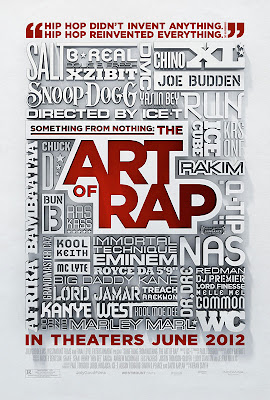from Richard Metzger at
DangerousMinds
The
AFL-CIO ‘s Executive Paywatch website has been updated with 2011 data and easy to digest graphics that you can share easily with others. One stand-out fact: The average CEO of an S&P 500 Index company earned a staggering 380 times the average American worker’s wage. Those same CEOs saw their compensation packages increase 13.9% in 2011.
By comparison, as you can see above, the average corporate CEO made “just” 42 times what American workers made during the “golden years” of the Reagan administration.
Don’t get me wrong, I’m sure these corporate CEOs, these god-men, are worth every penny they make, but this is getting to be
rather untenable, don’t you think? Keep in mind that many (most) of these guys are paid in stock options that are only subject to a 15% capital gains tax when they cash out!
Via
Daily Kos Labor:
The highest-paid CEO in the country was Apple’s Timothy Cook, whose total compensation was nearly $378 million. That’s more than 11,000 times the average worker’s income of $34,053. The 100th highest-paid CEO, Heinz’s W.R. Johnson, had total compensation of more than $18 million, 543 times the average worker’s income.
What we can’t know is how much CEOs make compared with the workers in their own companies; however, that’s something the Dodd-Frank Wall Street reform bill will soon require companies to disclose. And it turns out it might well be good for companies if transparency pushed them to bring CEO pay a little more in line with average worker pay.
The cream always rises to the top, right? It might be time to update that saying, but not with metaphorical
crème fraiche, more like royal jelly made by the rank and file worker bees who then have the privilege of watching a
Mr. Creosote-sized queen bee ravenously devour the fruits of their labor!
It’s always fun to use Huey Long’s famous barbecue example from his Depression-era “
Share the Wealth” speech in a situation like this:
Imagine that Timothy Cook was seated at one banquet table, teaming with gourmet food. A feast that would cause Caligula to blush, obviously, and one that would represent his executive pay relative to the 11,000 other people (not
Apple’s mistreated Chinese factory workers who make $450 a MONTH, but average Americans making $34k a year) seated beside him at a table that is exactly the same size, but, with, relatively speaking, more
meagre portions of food compared to the gentleman from Cupertino.
To be clear, I don’t have anything against Apple’s CEO, but for fuck’s sake, in the abstract, does Timothy Cook
himself not see something
inherently obscene about the shitty working conditions in their Chinese factories and ONE guy at the top making nearly half a billion a year? Apple Inc. has the highest value of any corporation in the history of man, but the people who are actually making the products receive a pittance for renting their lives out 12 hours a day, seven days a week while he has a take-home pay packet
like that?It goes to show, AGAIN, how absolutely correct Karl Marx was. That $400 million isn’t getting re-invested back into the factories and improving conditions for the workers in any way. It’s going to ONE GUY. ONE GUY!
Imagine how many AMERICAN JOBS Apple Inc. could afford to create—they could open computer factories with great paying jobs all across America—if the fellow at the top of the food chain there was making, oh, say only $10 million a year and the rest of it “trickled down”?
Who reading this would pity him?
The reason the rank and file workers in this country are taking home so little is because the CEOs and the stockholders are taking so much! DUH.
The system is rigged.
It’s not that fucking difficult to understand! 
 While American corporate media has focused on yet another stale election between Wall Street-financed candidates, Occupy has been organizing something extraordinary: the first truly nationwide General Strike in U.S. history. Building on the international celebration of May Day, past General Strikes in U.S. cities like Seattle and Oakland, the recent May 1st Day Without An Immigrant demonstrations, the national general strikes in Spain this year, and the on-going student strike in Quebec, the Occupy Movement has called for A Day Without the 99% on May 1st, 2012. This in and of itself is a tremendous victory. For the first time, workers, students, immigrants, and the unemployed from over 125 U.S. cities will stand together for economic justice.
While American corporate media has focused on yet another stale election between Wall Street-financed candidates, Occupy has been organizing something extraordinary: the first truly nationwide General Strike in U.S. history. Building on the international celebration of May Day, past General Strikes in U.S. cities like Seattle and Oakland, the recent May 1st Day Without An Immigrant demonstrations, the national general strikes in Spain this year, and the on-going student strike in Quebec, the Occupy Movement has called for A Day Without the 99% on May 1st, 2012. This in and of itself is a tremendous victory. For the first time, workers, students, immigrants, and the unemployed from over 125 U.S. cities will stand together for economic justice.






























































